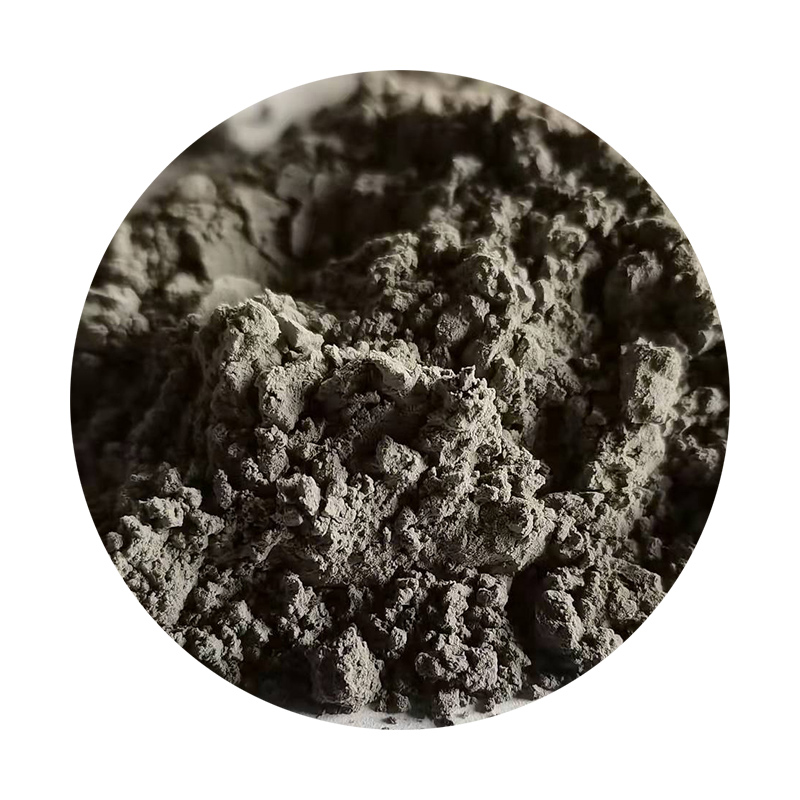

Trustworthiness in sand casting processes is established through stringent quality control measures and industry standards. Today’s advanced casting facilities employ simulation software to predict and mitigate issues such as shrinkage, porosity, and deformation before they occur. These tools, coupled with non-destructive testing techniques such as X-ray and ultrasonic inspections, affirm the integrity of each cast product, ensuring it adheres to strict customer and industry specifications. In a rapidly evolving industrial landscape, the metal sand casting process remains vital due to its adaptability and precision. Its continued evolution is driven by an alliance of traditional methods and innovative technologies. By leveraging collective industry expertise and ongoing research advancements, manufacturers continue to push the boundaries of what is possible. This method not only highlights remarkable engineering feats but also underscores the importance of collaboration between seasoned professionals and emerging technologies. For industries requiring high-volume production of custom metal components, the sand casting process is a tried and true method — an intersection where experience, expertise, authority, and trustworthiness converge, ensuring products meet the highest standards required for modern applications. As the market grows more demanding, the sand casting process stands as a testament to the enduring capacity for innovation within metalworking and manufacturing realms. Post time:જાન્યુઆરી . 14, 2025 11:52
Next:make sand casting
